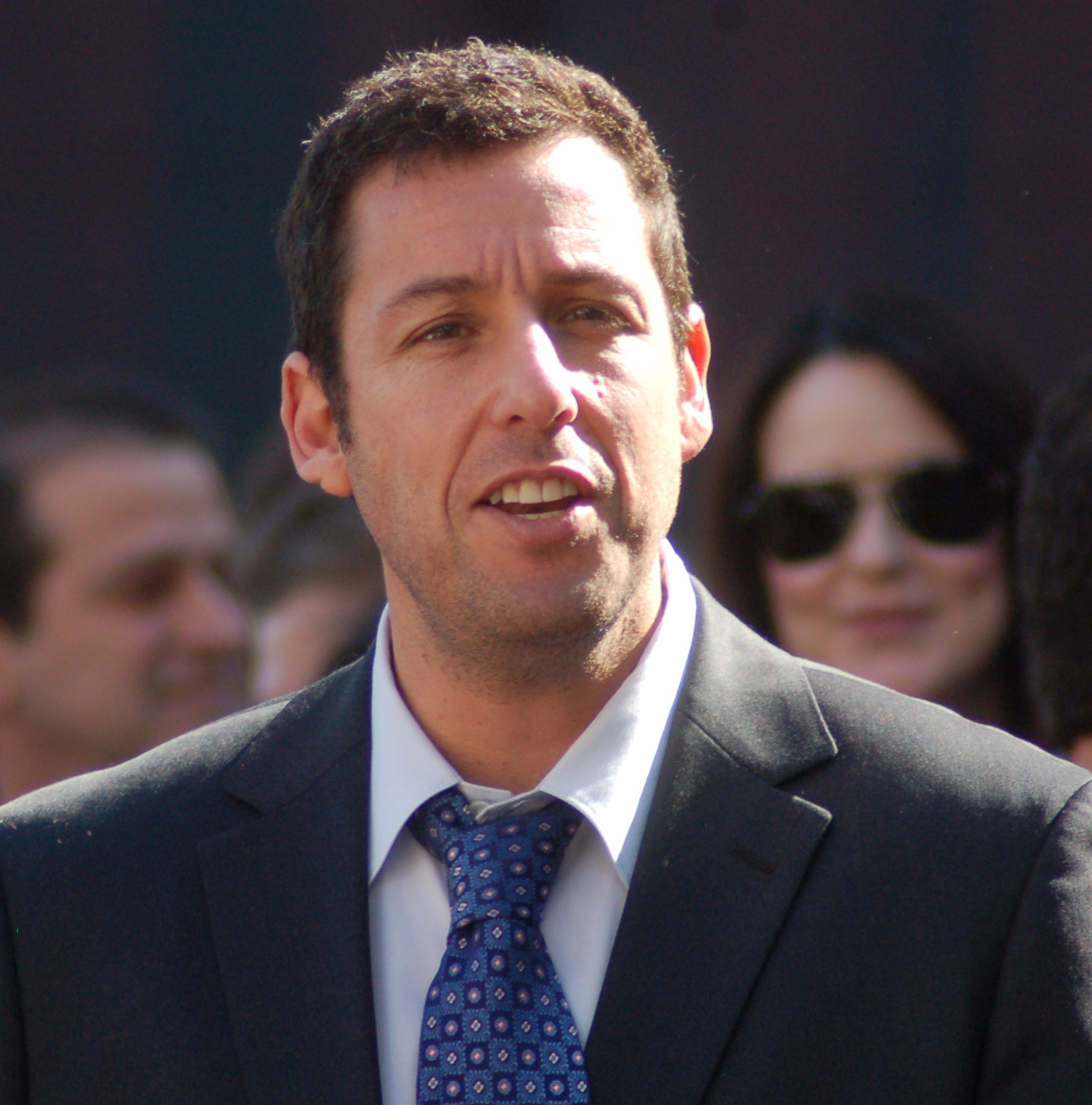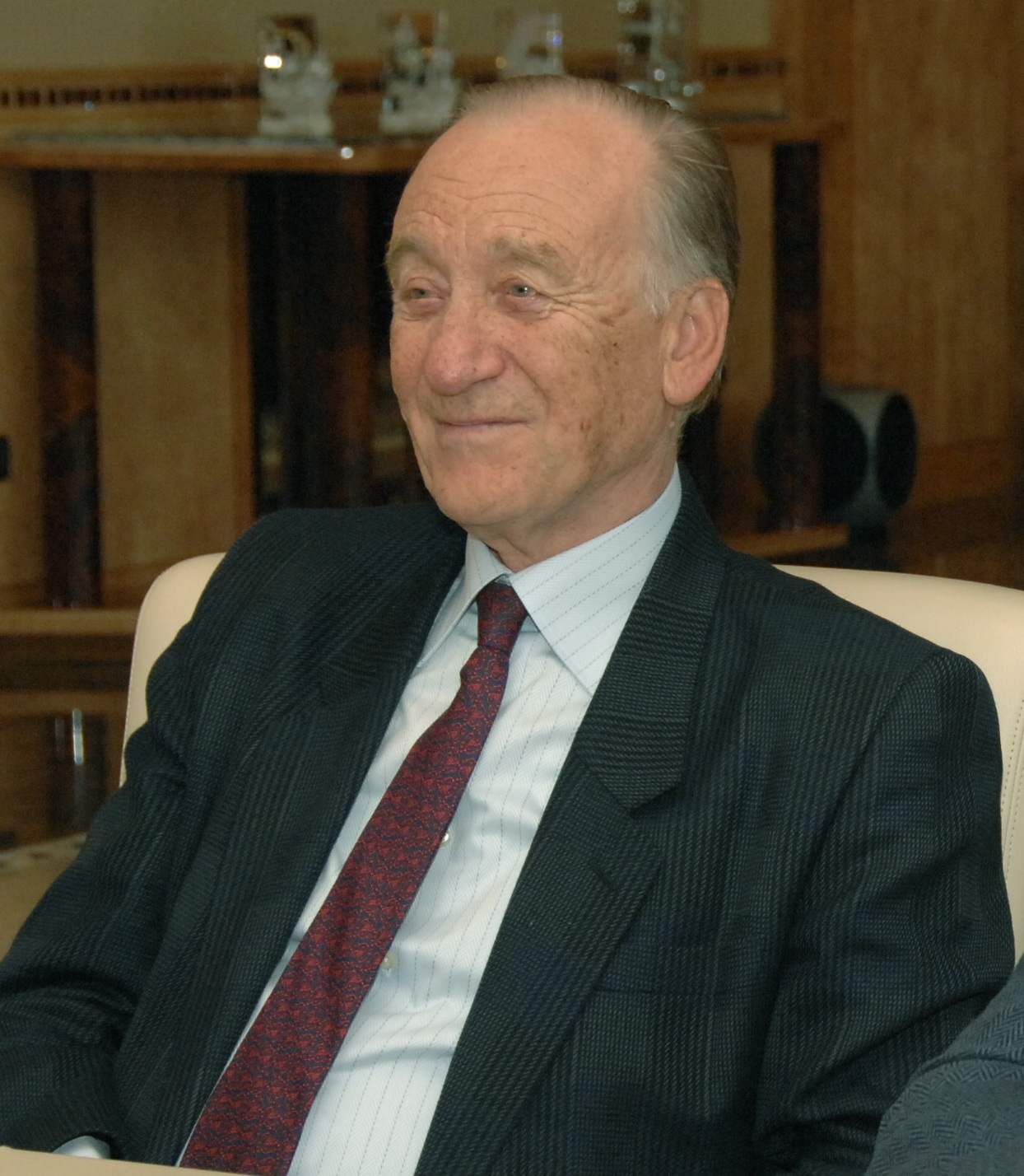
Rodion Shchedrin, a towering figure in Soviet and Russian classical music, passed away on August 29, 2025, at the age of 92, leaving behind a prolific and diverse body of work that profoundly shaped the cultural landscape of his era. A composer, pianist, and music pedagogue, Shchedrin was celebrated for his ability to weave Russian folk traditions with daring experimental techniques, creating a unique sound world that resonated deeply with audiences both at home and internationally. His passing marks the end of an era defined by his tireless creativity and his astute navigation of complex political realities.
Born into a musical family in Moscow, Shchedrin’s trajectory was set early, guiding him through the prestigious halls of the Moscow Choral School and the Moscow Conservatory. His compositions, ranging from operas and ballets to symphonies, concertos, and intimate chamber pieces, consistently demonstrated a commitment to both innovation and the rich narrative tapestry of Russian literature and history. He was not merely a composer but a cultural phenomenon, especially alongside his legendary wife, prima ballerina Maya Plisetskaya, with whom he formed an artistic partnership that dominated the Soviet Union’s cultural scene for decades.
This retrospective explores eight pivotal facets of Rodion Shchedrin’s extraordinary life and career, delving into the influences, challenges, and triumphs that defined his artistic journey. From his foundational years and celebrated ballets to his groundbreaking orchestral works and his intricate relationship with the Soviet state, we examine the breadth and depth of a genius whose music truly captured the soul of Russia and transcended its borders.
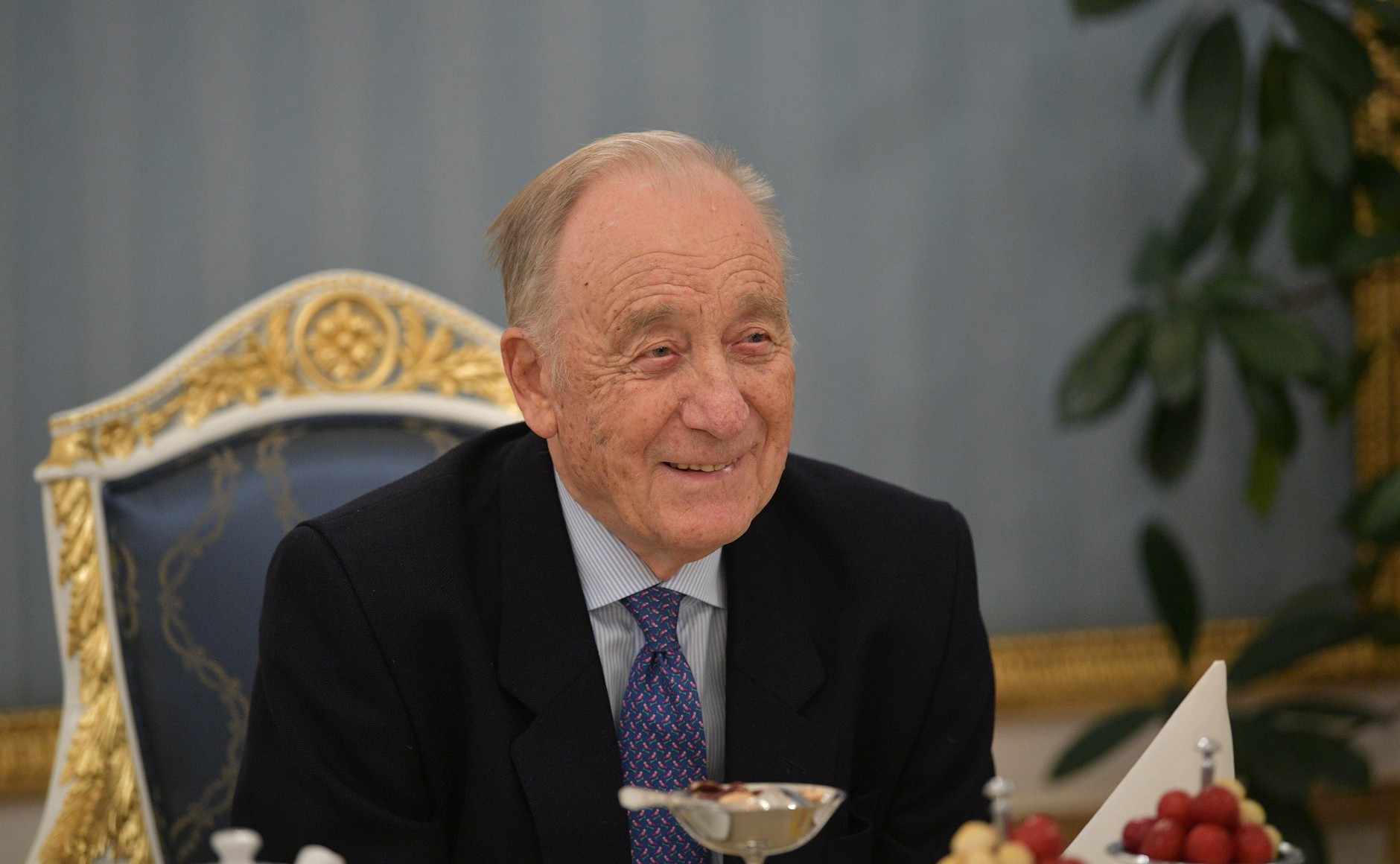
1. **Early Life and Formative Influences**Rodion Konstantinovich Shchedrin was born in Moscow on December 16, 1932, into a family steeped in music and tradition. His father was a composer and a teacher of music theory, while his paternal grandfather served as an Orthodox priest, instilling in young Rodion an early exposure to spiritual independence and critical awareness. This unique blend of artistic rigor and spiritual depth would profoundly influence his creative output throughout his distinguished career.
Shchedrin’s formal musical education commenced at the Moscow Choral School, followed by studies at the esteemed Moscow Conservatory. Here, he honed his compositional skills under Yuri Shaporin and developed his prodigious piano talent with Yakov Flier, graduating in 1955. His innate abilities as a pianist and organist were evident early on, as he performed the solo part of his First Piano Concerto in 1954 while still a student, under the baton of Gennady Rozhdestvensky.
His early music displayed a distinct character, marked by a tonal quality and colorful orchestration, frequently incorporating elements of folk music. This integration of Russian folklore was handled with both empathy and an ironic distance, showcasing a sophisticated artistic sensibility from the outset. Early in his career, Shchedrin made the decisive choice to focus primarily on composition, a decision that would yield an immense and varied body of work.
Growing up amidst the challenging backdrop of wartime Moscow, Shchedrin developed a voracious appetite for literature, immersing himself in the works of Russian literary titans such as Leo Tolstoy, Nikolai Gogol, Anton Chekhov, and Vladimir Nabokov. These early literary encounters would later become the wellspring for some of his most significant operas and ballets. His frequent stays in the Russian heartland, near his father’s native town, exposed him to peasant folk tales, which subsequently became subjects for several of his important compositions.
Shchedrin’s youth was not without its rebellious streak; he was expelled from Moscow’s prestigious Central Music School for an incident involving a fellow student. However, his talent was undeniable, and his father managed to enroll him in the Moscow Choral Institute. Here, his compositions captured the attention of Aram Khachaturian, who facilitated his entry to the Moscow Conservatory. Shchedrin recalled a disdain for obligatory lectures on Marxist theory and its relation to music, and he took pride in the fact that no one in his family, including himself, ever joined the Communist Party, a stance that sometimes led to professional repercussions for his father.
Read more about: The Sound of Silence: Remembering the Icons Who Left an Unfillable Void in Rock and Roll’s Tumultuous 80s

2. **The Cultural Power Couple: Life with Maya Plisetskaya**In 1958, Rodion Shchedrin married the celebrated ballerina Maya Plisetskaya, who would become the prima ballerina at the Bolshoi Theatre. Their union forged one of the most prominent cultural partnerships in the Soviet Union, defining an era of artistic excellence and public fascination. Their lives intertwined both personally and professionally, creating an inseparable bond that lasted until her death in 2015.
Shchedrin composed many of his ballets with Plisetskaya specifically in mind, crafting roles that showcased her unparalleled artistry and dramatic flair. Works such as *Carmen Suite* (1967), *Anna Karenina* (1971), and *Lady with a Lapdog* (1985) were direct results of this profound artistic collaboration. Together, they transcended mere celebrity, becoming a Soviet-era cultural power couple whose influence spanned the performing arts.
Despite their elevated status, their lives under the Soviet regime were far from unfettered. The couple endured constant surveillance by the KGB, with listening devices reportedly planted in their apartment. A striking anecdote recounts a transcript of Plisetskaya cursing the secret police while in bed with her husband, which was astonishingly printed in a Soviet newspaper. For years, Plisetskaya was prevented from joining the Bolshoi Ballet on its international tours, a testament to the ideological constraints placed upon artists deemed too independent.
Shchedrin openly acknowledged Plisetskaya’s immense global fame, admitting in his autobiography, “It is not an easy life being Maya Plisetskaya. Nor is it a simple matter to be Maya Plisetskaya’s husband.” This reflection underscored not only his devotion but also the unique challenges of sharing life with such a colossal figure in the arts, whose brilliance often cast a long shadow, even for a composer of Shchedrin’s stature.
The political anxieties surrounding their union were present even before their marriage. A party official warned Shchedrin that his relationship with Plisetskaya might jeopardize his career, given her family’s history – her father had been executed on Stalin’s orders, and her mother exiled to Siberia, effectively labeling them dissidents. Despite these formidable warnings and the constant governmental pressure, their commitment to each other and to their art remained unwavering, a defiant act of personal and artistic freedom.

3. **Balletic Masterpieces and Theatrical Flourish**Rodion Shchedrin’s significant contributions to the world of ballet are a cornerstone of his legacy, with many of his works directly inspired by or created for his wife, Maya Plisetskaya. His early success in the genre came with *The Little Humpbacked Horse*, which premiered in 1955, showcasing his ability to infuse traditional Russian fairy tales with a fresh musical voice that delighted audiences.
Perhaps his most internationally renowned ballet is *Carmen Suite*, composed in 1967. This audacious reorchestration of Georges Bizet’s opera score became a vehicle for Plisetskaya’s electrifying performance. Initially, the Soviet culture ministry famously forbade performances for years, denouncing it as “an outrage perpetrated on Bizet’s masterpiece.” Shchedrin himself offered a candid explanation for the ban, stating that “Soviet power was deathly afraid of sex,” highlighting the work’s perceived sensuality and modern interpretation.
Following this, Shchedrin composed *Anna Karenina* in 1971, a ballet based on Leo Tolstoy’s epic novel, which also featured Plisetskaya in the starring role. The visual artistry of their collaborations extended beyond the stage; the costumes for *Anna Karenina* and *The Seagull* were notably created by the esteemed French fashion designer Pierre Cardin, who affectionately referred to Plisetskaya as his “muse.”
Shchedrin’s fascination with Russian literary giants continued to fuel his theatrical works. He adapted Anton Chekhov’s play for his ballet *The Seagull* (1979) and Chekhov’s short story for *The Lady with the Lapdog* (1985). Beyond ballets, his operatic output also drew from controversial literary sources, exemplified by his opera *Lolita* (1993), based on Vladimir Nabokov’s provocative novel, further demonstrating his adventurous spirit in adapting complex narratives to the stage.
Critical reception of Shchedrin’s ballets, particularly in the West, could be varied. While *The Little Humpbacked Horse* was applauded by one *Times* critic as “positively frolicsome, fresh as a daisy, endearingly friendly,” his *Anna Karenina* was, in another review, dismissed as “a complete waste of everybody’s time.” This contrast underscores the often experimental nature of his interpretations, which sometimes challenged traditional expectations but consistently cemented his reputation as a fearless and innovative theatrical composer.

4. **Symphonic Architect: Orchestral Vision and Experimentation**Rodion Shchedrin’s orchestral output represents a significant facet of his creative genius, marked by an eagerness to experiment with form and structure. His First Symphony, composed in 1958, immediately stood out for its unconventional design, characterized by “movements in the wrong order” and a tone described as one of “wildness and aggression.” This early work signaled his departure from conventional symphonic narratives.
The Second Symphony, composed between 1962 and 1965, further exemplifies his innovative spirit. It takes the highly unusual form of 25 overlapping preludes, intricately woven with a double fugue and a canon. Shchedrin often expressed his broader philosophical stance on musical categorization, famously stating, “For me ‘modern music’ doesn’t exist. That’s why I don’t like festivals of contemporary music. It should be just music. It must be professional and it must be music. That’s all.”
A pivotal development in his orchestral oeuvre was the creation of his series of Concertos for Orchestra. These works, typically in a single movement, ingeniously combine monothematic events with various motifs and variations, showcasing his mastery of orchestral color and narrative. The first in this series, subtitled “Naughty Limericks” (Osorniye chastushki), composed in 1963, achieved significant success with both audiences and critics. Its energetic character even inspired George Balanchine to create a choreography for it.
His international recognition as a symphonic innovator grew with the Concerto for Orchestra No. 2, subtitled “Zvony” (The Chimes), composed in 1968. This work was notably commissioned by Leonard Bernstein for the 125th anniversary of the New York Philharmonic, a testament to Shchedrin’s rising global profile. The music incorporates old Russian bell sounds, yet, as one musicologist noted, it is decidedly “far from nostalgic,” demonstrating his ability to infuse traditional elements with a contemporary and often challenging aesthetic.
Shchedrin continued to expand this significant series, producing works such as the Concerto for Orchestra No. 3, “Old Russian Circus Music” (1989), premiered by the Chicago Symphony Orchestra, and the No. 4, “Khorovody (Round Dances)” (1989). The fifth in the series, “Four Russian Songs,” followed in 1998, further illustrating his persistent engagement with Russian folk themes while continuously pushing the boundaries of orchestral expression and form, solidifying his role as a modern symphonic architect.
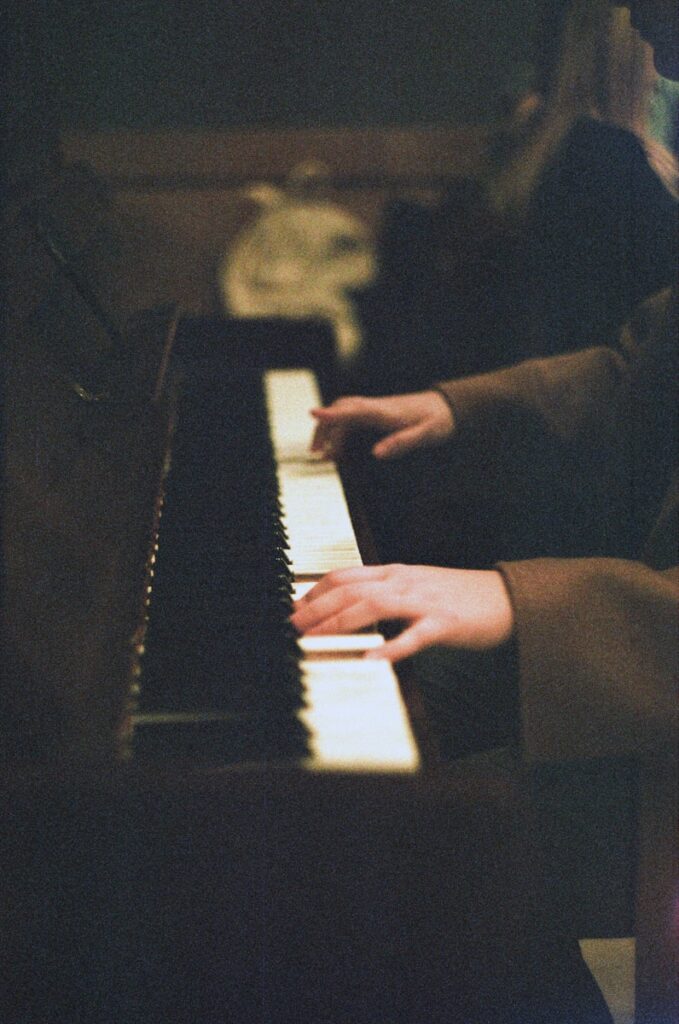
5. **Virtuoso Pianist and Expansive Concertos**Beyond his prolific compositional output, Rodion Shchedrin was an accomplished pianist, often serving as the interpreter for his own works. His prowess at the keyboard was evident from his student days when, in 1954, he performed the solo part of his First Piano Concerto under the baton of Gennady Rozhdestvensky. This early work, notable for its four movements, signaled the emergence of a composer and performer deeply rooted in the Russian tradition but already looking towards individual expression.
Shchedrin’s Second Piano Concerto, composed in three parts in 1966, marked a significant step in his experimental journey. Here, he boldly incorporated twelve-tone techniques and even elements of jazz, demonstrating a willingness to blend diverse musical languages. This innovative concerto was premiered during his tour with the Leningrad Philharmonic in Europe in 1967, featuring Yevgeny Mravinsky, showcasing his eagerness to engage with modern compositional trends while maintaining a distinct voice.
His Third Piano Concerto, subtitled “Variations and Theme” (1973), further pushed the boundaries, notably employing what Shchedrin termed the “phenomenon of notated aleatorics.” This complex work, comprising 33 variations with a theme appearing only at the end, premiered on May 5, 1974, with Shchedrin himself as the soloist, alongside his earlier concertos, creating a sensation in the musical world. The performance, recorded with the USSR Symphony Orchestra conducted by Yevgeny Svetlanov, became an important historical document of his artistry.
Commissioned by Steinway for the centenary of the company’s founding, the Fourth Piano Concerto, “Sharp Keys” (1991), presented a unique compositional challenge. Shchedrin restricted himself to using only sharp keys, creating what musicologist Sigrid Neef described as a “kind of musical minimalism” enriched with “timbral effects and thematic variety.” He continued to expand this vital part of his oeuvre with the three-part Fifth Piano Concerto (1999) and the Sixth, “Concerto Lontano” for piano and string orchestra (2003), illustrating his lifelong engagement with the instrument.
Shchedrin’s concerto contributions were not limited to the piano; his extensive catalogue also included a Trumpet Concerto (1994) and a Cello Concerto, “sotto voce” (1994), famously written for and premiered by the legendary Mstislav Rostropovich and the London Symphony Orchestra. The “sotto voce” concerto, characterized by its deep spirituality, further cemented his reputation for crafting profoundly expressive works. He also composed “cantabile” for violin and string orchestra (1997), dedicated to Maxim Vengerov, and the Double Concerto “Romantic Offering” for piano, cello, and orchestra (2010), showcasing his versatility across different solo instruments and ensembles.
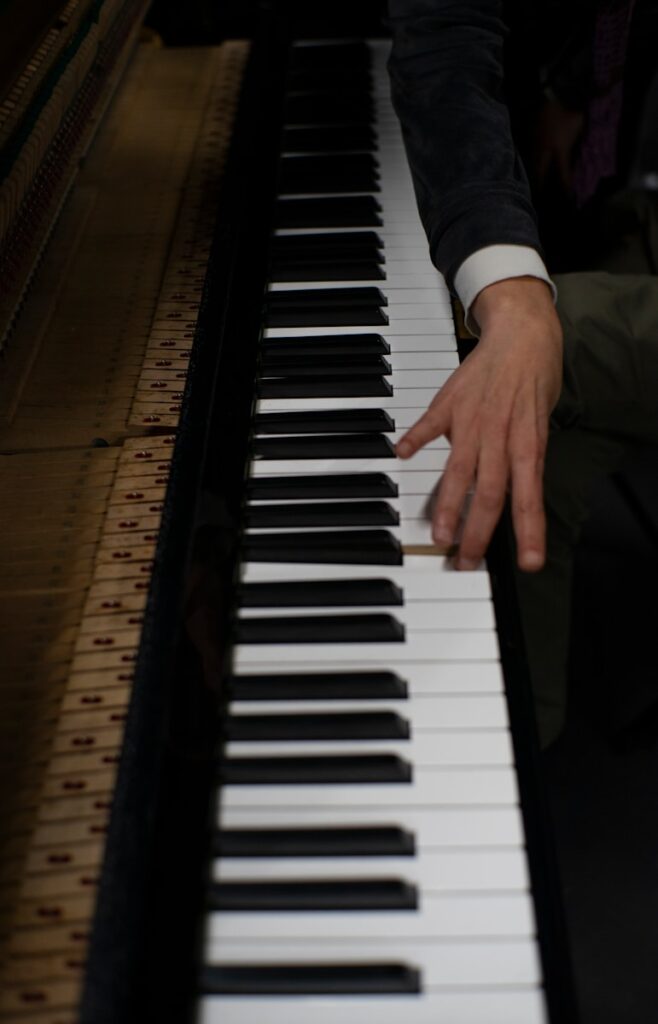
6. **Vocal and Chamber Music: A Broader Palette**Beyond the grand scale of his orchestral and balletic works, Rodion Shchedrin explored a rich tapestry of vocal and chamber music, demonstrating his versatility and depth across various forms. His early career saw him compose works like the *24 Preludes and Fugues* for piano (1964-1970), a monumental cycle inspired by Dmitri Shostakovich’s own set, which in turn drew from J.S. Bach. This homage not only revealed Shchedrin’s deep respect for his predecessors but also his ambition to contribute to a venerable tradition of keyboard polyphony.
He further expanded his solo piano repertoire with the *Polyphonic Notebook of 25 Preludes* (1972), another work that thoughtfully engaged with the legacy of musical masters. These piano pieces, often performed by Shchedrin himself, underscored his profound understanding of the instrument’s expressive capabilities. His chamber music also included *Musical Offering* for organ, three flutes, three bassoons, and three trombones (1983), a piece specially crafted for the 300th anniversary of J.S. Bach’s birth, echoing the compositional spirit of the Baroque master in a distinctly modern idiom.
Shchedrin’s vocal music is equally compelling, often drawing on significant literary and spiritual texts. His concerto for poet, woman’s voice, mixed chorus, and symphony orchestra, *Poetoria* (1968), featured words by the acclaimed Andrei Voznesensky, showcasing his collaborative spirit and engagement with contemporary Russian poetry. This work highlights his ability to integrate spoken word and diverse vocal forces within a symphonic framework, creating a powerful and immersive experience for audiences.
A deeply moving example of his choral writing is *The Sealed Angel*, a Russian liturgy for mixed chorus a cappella with shepherd’s pipe (1988). This spiritual work, which takes inspiration from Nikolai Leskov’s short story, was performed at the Rheingau Musik Festival in 2009, a testament to its enduring power and international appeal. It represents a profound exploration of Russian Orthodox mysticism, rendered with Shchedrin’s unique blend of traditional reverence and modern musical language.
In his later years, Shchedrin continued to compose intimate chamber pieces that resonated with personal reflection and cultural heritage. *Ancient Melodies of Russian Folk Songs* (2007) for cello and piano, which he performed with cellist Raphael Wallfisch, revisited the folk themes that had influenced him since childhood, imbued with a mature sensibility. His vocal work *Meine Zeit, mein Raubtier* (“My age, my wild beast”), performed by tenor Kenneth Tarver and pianist Roland Pöntinen, further exemplifies his ability to craft evocative and deeply personal musical narratives, cementing his reputation as a composer of immense stylistic breadth.
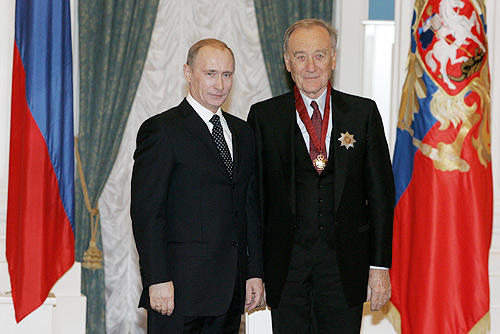
7. **Navigating the Soviet Landscape: A Master of the Political Tightrope**Rodion Shchedrin’s career unfolded against the complex and often restrictive backdrop of the Soviet Union, requiring him to master a delicate political tightrope walk. From 1973 to 1990, he held the influential position of president of the Union of Russian Composers, a role he inherited from the towering figure of Dmitri Shostakovich. This appointment placed him at the heart of the government’s official sanctioning body for music, a position that carried both prestige and immense pressure to conform.
Shchedrin often maintained that this post was “more honorary than administrative,” arguing that the organization provided crucial support for composers during a challenging era. However, he also candidly acknowledged the need for compromises, famously stating, “But wouldn’t you compromise if you had to save your family?” This reflects the grim realities faced by artists, where political conformity was sometimes a prerequisite for artistic survival, both personally and professionally. His personal stance was further complicated by the fact that neither he nor anyone in his family ever joined the Communist Party, a notable defiance in the Soviet system.
The couple’s lives were under constant scrutiny. They endured permanent surveillance by the KGB, with listening devices reportedly planted in their apartment. A particularly striking anecdote details a transcript of Maya Plisetskaya cursing the secret police in bed with her husband, which was astonishingly published in a Soviet newspaper. For years, Plisetskaya was prevented from joining the Bolshoi Ballet on its international tours, and performances of some of Shchedrin’s own compositions were inexplicably delayed or outright forbidden, deemed too unorthodox or controversial by cultural ministry officials.
Despite the pervasive governmental pressure and the official obstacles, Shchedrin acknowledged a degree of privilege compared to lesser-known artists and ordinary citizens, a stark reflection of the hierarchical nature of Soviet society. His early life had also been marked by political repercussions for his father, who was banned for months from playing piano in public for expressing opinions contrary to party orthodoxy, instilling in Rodion an early awareness of the dangers of dissent.
Following the collapse of the Soviet Union, Shchedrin actively engaged in the political transformation, becoming a member of the Inter-regional Deputies Group. This opposition party, inspired by the dissident Andrei Sakharov, demonstrated Shchedrin’s commitment to a more open society, moving beyond the artistic compromises necessitated by the old regime and solidifying his nuanced yet impactful navigation of the Soviet political landscape.
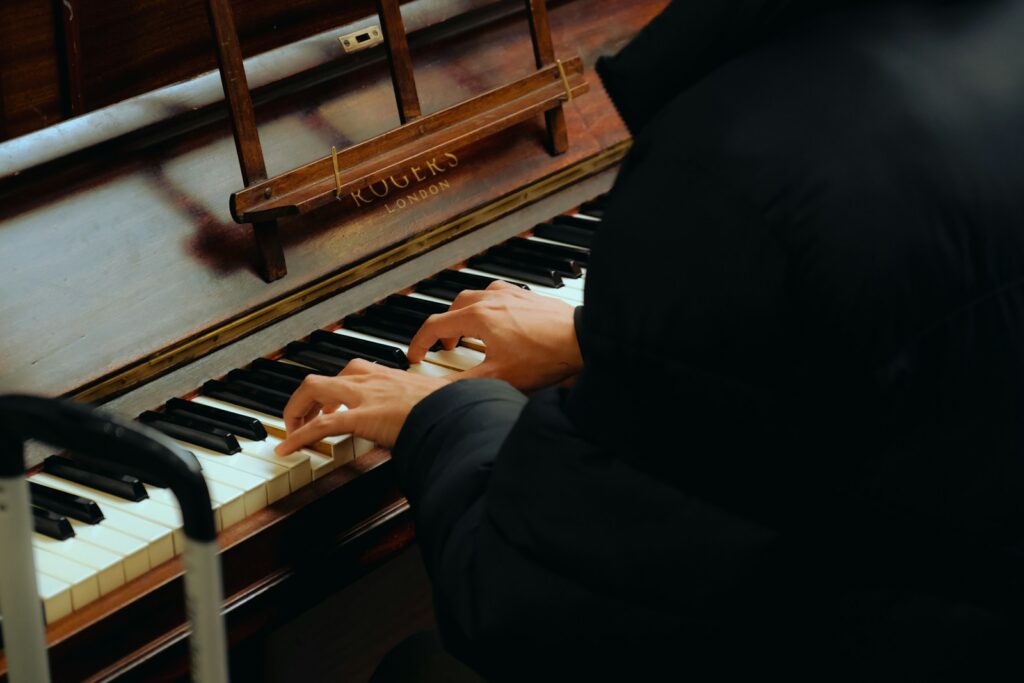
8. **International Acclaim and Enduring Legacy**With the profound geopolitical shifts of the late 1980s and the eventual dissolution of the Soviet Union, Rodion Shchedrin’s international career experienced an extraordinary acceleration. The lifting of ideological barriers allowed him to fully embrace global opportunities for collaboration and performance, and he largely divided his time between Munich and Moscow, also becoming a citizen of Lithuania and Spain. This newfound freedom propelled his music onto a wider stage, securing him commissions and performances from leading orchestras and festivals worldwide.
His works garnered significant international attention, with major figures in classical music championing his compositions. Leonard Bernstein notably commissioned his Concerto for Orchestra No. 2, “Zvony” (The Chimes), for the 125th anniversary of the New York Philharmonic in 1968, a testament to Shchedrin’s burgeoning global profile even before the Soviet collapse. Later, Lorin Maazel, then music director of the New York Philharmonic, commissioned the full-length opera *The Enchanted Wanderer* (2002), based on Nikolai Leskov’s novel, which premiered at Lincoln Center.
Shchedrin’s collaborations extended to renowned soloists and institutions. The exiled cellist Mstislav Rostropovich commissioned the opera *Lolita* (1993) and premiered his Cello Concerto “sotto voce.” The Fourth Piano Concerto, “Sharp Keys,” was commissioned by Steinway, and his Fifth Concerto for Orchestra, “Four Russian Songs,” was a BBC commission for the 1998 Proms. These collaborations underscore his universal appeal and the respect he commanded among his peers, solidifying his stature as a composer of international significance.
While highly praised by Russian and many foreign colleagues, Western critics sometimes offered varied reception to his more experimental works. For instance, *The Enchanted Wanderer* was dismissed by one critic as “lugubrious, clichéd and dull,” and *Anna Karenina* was declared “a complete waste of everybody’s time.” Yet, conversely, *The Little Humpbacked Horse* was applauded as “positively frolicsome, fresh as a daisy, endearingly friendly,” showcasing the diverse impact his adventurous interpretations had on global audiences and critics alike.
Shchedrin’s extensive list of accolades reflects a career of sustained excellence and cultural impact. He received the USSR State Prize in 1972 and the prestigious Lenin Prize in 1984. Post-Soviet recognition included the State Prize of the Russian Federation in 1992 for *The Sealed Angel*, the Shostakovich Award, and the Crystal Award from the World Economic Forum in 1995. He was honored as Composer of the Year by the Pittsburgh Symphony Orchestra in 2002 and received numerous orders and honorary professorships from leading conservatories worldwide, including Moscow, St. Petersburg, and Beijing.
His legacy is further immortalized by the naming of asteroid 4625 Shchedrin. After Maya Plisetskaya’s death in 2015, he continued to perform piano recitals, his dedication to music unwavering. Russian conductor Valery Gergiev organized a four-day festival in Moscow in 2017 celebrating his 85th birthday, a testament to his enduring reverence in his homeland.
Read more about: Inside Netflix’s ‘Dark’: The German Sci-Fi Masterpiece That Redefined Television Storytelling
In reflection, Rodion Shchedrin’s journey was one of remarkable artistic integrity and resilience, navigating the tides of political change with a steadfast commitment to his craft. His unique blend of Russian folk tradition with daring experimentation left an indelible mark on the world of classical music, ensuring his place among the most significant composers of his time. As the final notes of his storied life fade, the echoes of his captivating melodies and powerful orchestrations will undoubtedly continue to inspire and enchant, a timeless testament to a true master who, indeed, captured Russia’s soul and shared it with the world.

